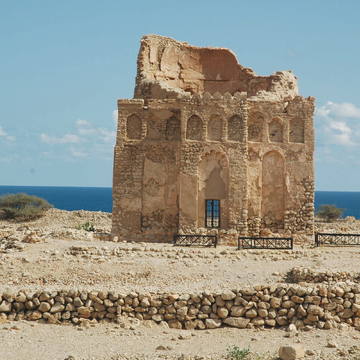Unesco World Heritage sites in Oman
1. Aflaj Irrigation Systems of Oman (2006)
The property includes five aflaj irrigation systems and is representative of some 3,000 such systems still in use in Oman. The origins of this system of irrigation may date back to AD 500, but archaeological evidence suggests that irrigation systems existed in this extremely arid area as early as 2500 BC. Using gravity, water is channelled from underground sources or springs to support agriculture and domestic use. The fair and effective management and sharing of water in villages and towns is still underpinned by mutual dependence and communal values and guided by astronomical observations. Numerous watchtowers built to defend the water systems form part of the site reflecting the historic dependence of communities on the aflaj system. Threatened by falling level of the underground water table, the aflaj represent an exceptionally well-preserved form of land use.
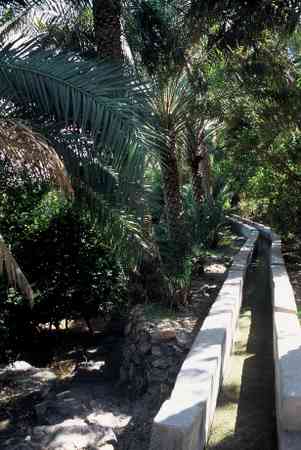
2. Archaeological Sites of Bat, Al Khutm and Al Ayn (1988)
The protohistoric site of Bat lies near a palm grove in the interior of the Sultanate of Oman. Together with the neighbouring sites, it forms the most complete collection of settlements and necropolises from the 3rd millennium B.C. in the world.
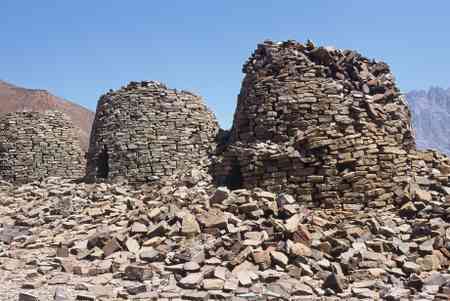
3. Bahla Fort (1987)
The oasis of Bahla owes its prosperity to the Banu Nebhan, the dominant tribe in the area from the 12th to the end of the 15th century. The ruins of the immense fort, with its walls and towers of unbaked brick and its stone foundations, is a remarkable example of this type of fortification and attests to the power of the Banu Nebhan.
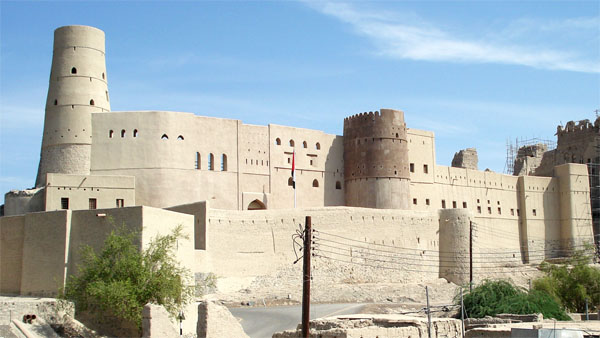
4. Land of Frankincense (2000)
The frankincense trees of Wadi Dawkah and the remains of the caravan oasis of Shisr/Wubar and the affiliated ports of Khor Rori and Al Baleed vividly illustrate the trade in frankincense that flourished in this region for many centuries, as one of the most important trading activities of the ancient and medieval world.
Justification for Inscription
The group of archaeological sites in Oman represent the production and distribution of frankincense, one of the most important luxury items of trade in the Old World in antiquity. The Oasis of Shishr and the entrepots of Khor Rori and Al Balid are outstanding examples of medieval fortified settlements in the Persian Gulf region.
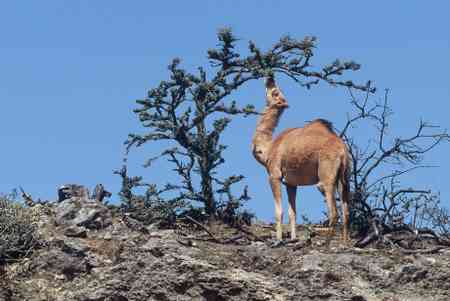
The property, which is located on the east coast of the Sultanate of Oman, includes the ancient city of Qalhat, surrounded by inner and outer walls, as well as areas beyond the ramparts where necropolises are located. The city developed as a major port on the east coast of Arabia between the 11th and 15th centuries CE, during the reign of the Hormuz princes. The Ancient City bears unique archaeological testimony to the trade links between the east coast of Arabia, East Africa, India, China and South-East Asia.
source: whc.unesco
